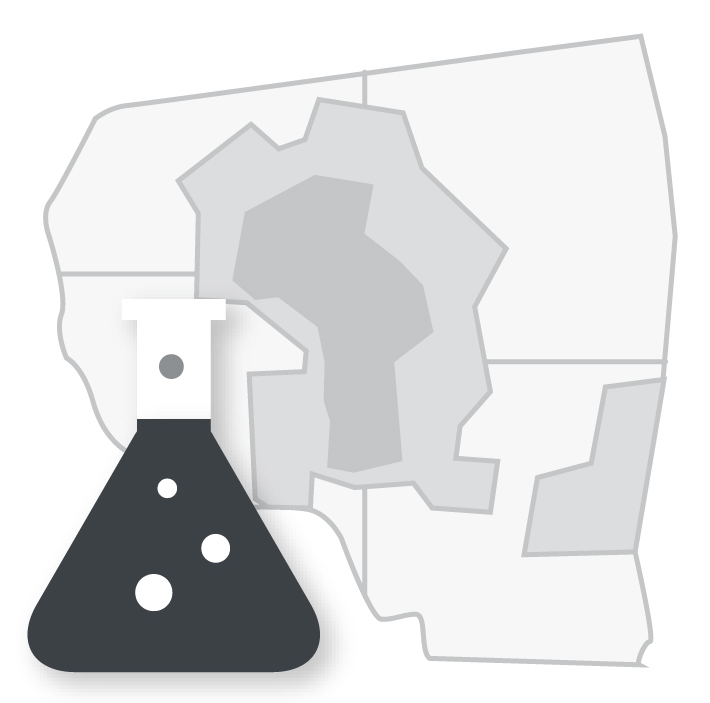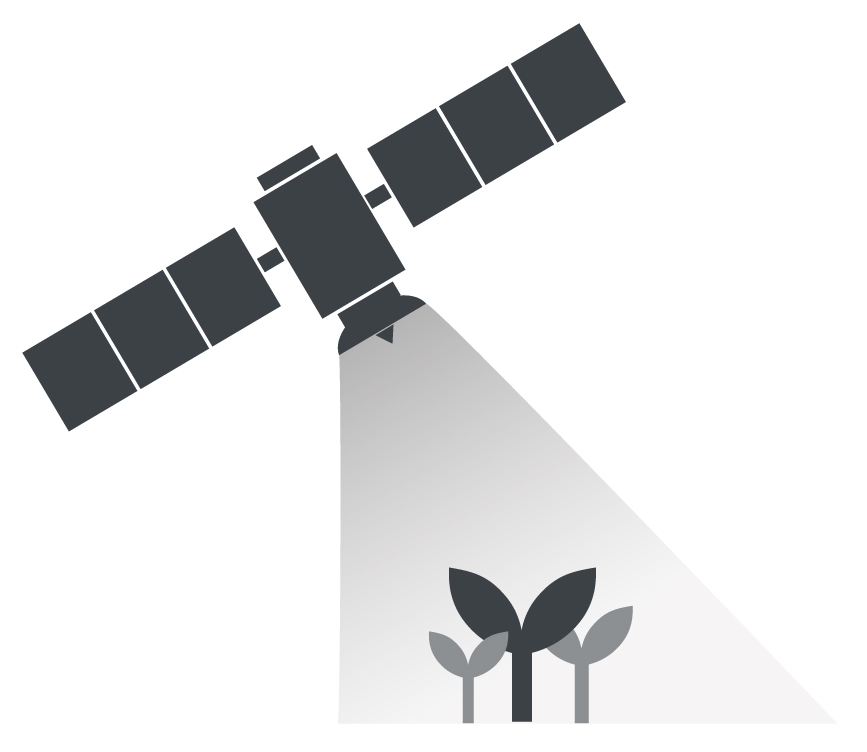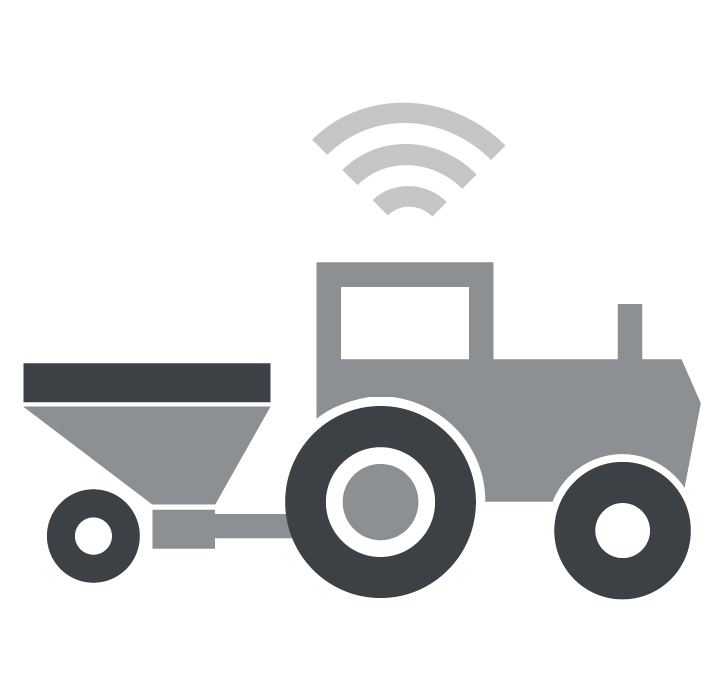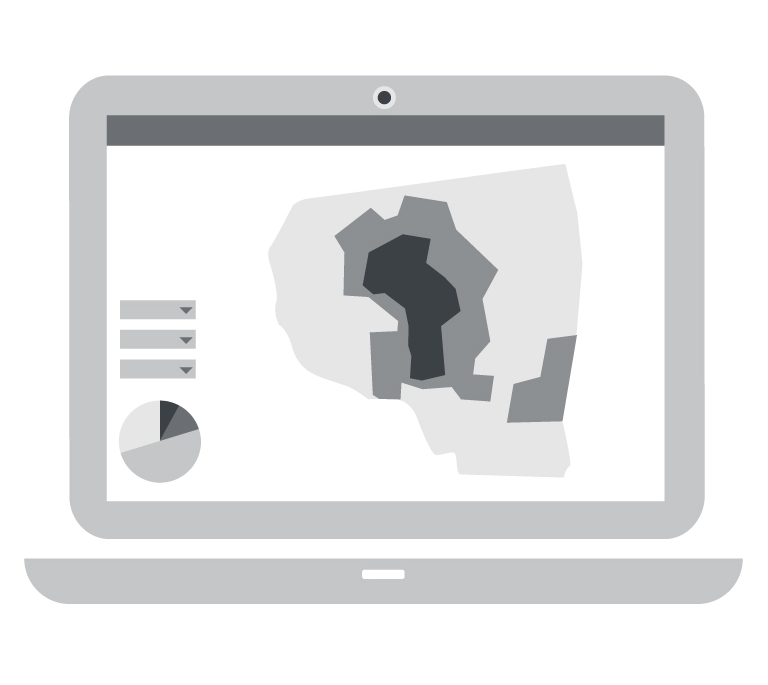11/03/2023
We have reached the moment when the state administration is subsidizing individual farms in implementing the type of agriculture to which we have devoted the last decade of our lives. “Supporting Farmers’ Investments in Agriculture 4.0” is the new measure, managed by the Agency for Restructuring and Modernisation of Agriculture (ARMA), supported from the EU’s Recovery and Resilience Facility. It is a unique opportunity to raise the technological level of the farm, and consequently increase its profitability.
On this occasion, we decided to share our vision on the fundamentals of Agriculture 4.0, which reflects our years of experience in supporting hundreds of farms in this field.
There are many technologies that fit into Agriculture 4.0. In the information noise, it is easy to lose sight of the key directions. In our view, for the vast majority of field crops, the lion’s share of the benefits can be realized by investing in five pillars: (1) soil testing, (2) crop monitoring, (3) variable application machinery, (4) spatial data management system, and (5) skills.
1. Soil testing

Soil is the absolute basis of crop management. There is a growing understanding that agronomy is first and foremost the art of shaping the soil, of which crop is the end result. The natural variability of the soil, the so-called mosaic, means that the optimum approach depends on the location in the field. Therefore, an appropriate mapping of soil properties is the basis for rational soil management. Importantly, a soil survey, the result of which is in electronic form and includes geographical coordinates, is the relative smallest investment in modern cultivation, and at the same time has the highest rate of return, especially in conjunction with the next four pillars.
2. Crop monitoring

Crop condition and yield is the cumulative result of the entire farm operation, but also of unpredictable weather. Being able to monitor the condition of the crop in real time opens up a number of possibilities for its management, the most important of which are adjusting nitrogen fertilisation, mapping the overall productivity of parts of the field and estimating losses. It is probably in this pillar that the most exponential progress has been made in recent years. Our ambition is for farms to be able to take full advantage of satellite monitoring, even the relatively small ones.
3. Machines for variable application

Agronomy has always been concerned with crop optimisation, but it was not until precision farming, the basis of Agriculture 4.0, that agronomic knowledge could be effectively applied at the scale of individual fragments of crop fields. By varying the dosage of seeds, fertilisers, lime, protectants and regulators, it is possible to drastically improve the match between the amount of inputs and the local capabilities of the soil. The result, of course, is a more rational input-output ratio. The investments that make this possible range from small outlays for the modernisation of versatile spreaders to the purchase of the most advanced sprayers or cultivation units.
4. Data management system

Better field information and machinery are the basis for a new quality of cultivation. However, on the technology side, another pillar is needed: an on-farm information management system that will be the link between the environment, machinery and employees. An optimum system should be able to work with maps and enable them to be translated into precise application instructions that machines can understand. In addition, the big pluses of such a system are all forms of decision support: from application rates (fertilizer management plans), to the scheduling of field work, to the ease of reporting (compliance). We make no secret of the fact that the SatAgro platform fits well into this pillar, with the distinction of being a high-quality offering for managing soil and canopy variability within fields, using the latest mapping and satellite monitoring technologies.
5. Skills

You can have the best technology in the world, but ultimately the degree to which it is used still depends on people. The role of employee skills cannot be overstated, yet this factor is regularly overlooked in investment decisions. Neither the farm, nor the input supplier, wants to find themselves in the situation where, on the day of a treatment, scheduled during a drought, with a locally reduced dose of agrochemicals, it turns out that there is no operator who can upload the instructions to the terminal. Of course, it makes sense to use external experts – the market offer in this respect is increasingly rich. However, it is worth ensuring that such support takes the form of a partnership relationship, rather than putting the reins of the farm in someone else’s hands. The former model can be reinforced by regular training, the organisation of which can be conditional on the decision to establish collaboration with external consultants.
We hope that the vision highlighted here will be helpful in developing a path for the digitalisation of the farm, including that supported by the Agriculture 4.0. programme, about which we write more on our website. At the same time, we encourage you to take advantage of the comprehensive support provided by us and our partners in planning the optimal set of technologies, applying for funding and, of course, in the implementation of the innovation itself on the farm.
